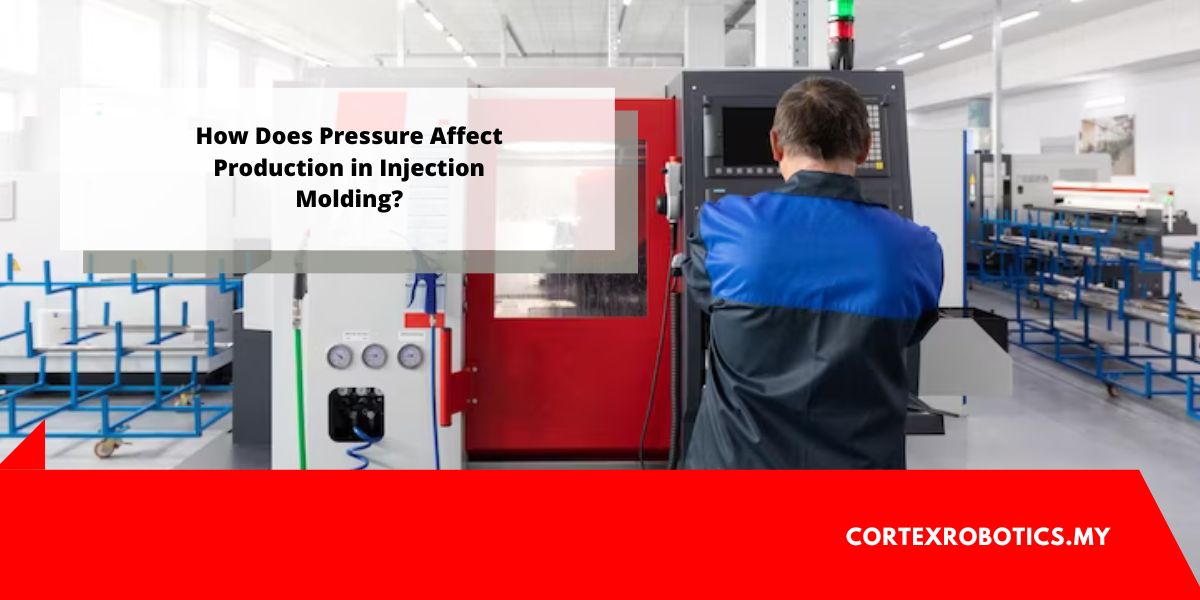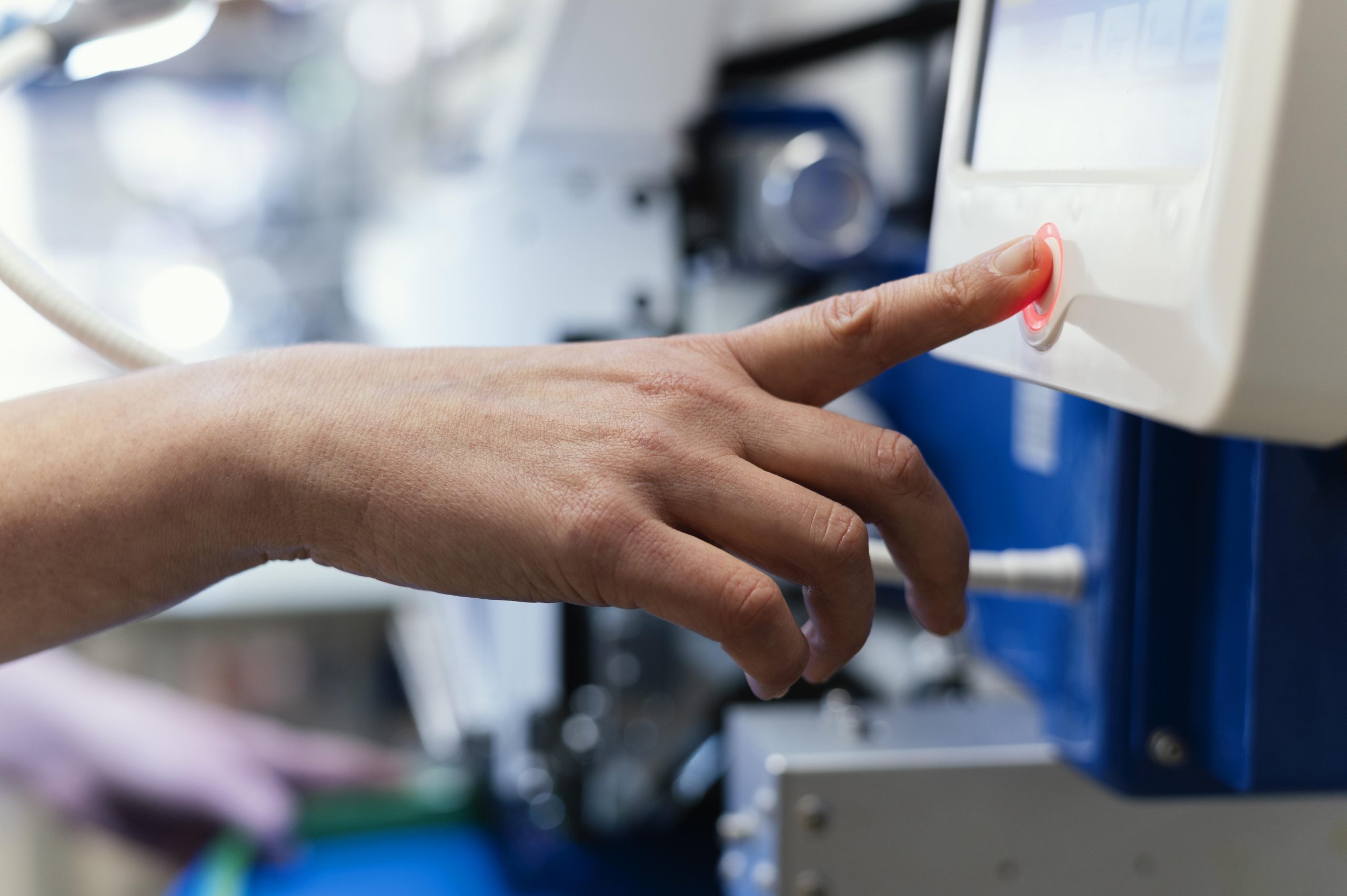Injection molding, a straightforward plastic production method, relies heavily on precise process control, as the process parameters significantly influence production speed, product quality, and more. Among these crucial process parameters, pressure plays a pivotal role in injection molding. The process necessitates careful consideration and management of various pressure conditions such as injection pressure, packing pressure, back pressure, and more. Even a slight fluctuation in any of these pressure values can profoundly affect both the injection molding process and the final product quality. This article delves into the significance of pressure in injection molding and the profound impact of pressure values throughout the entire process.
Types of Pressure Values and Their Impact on Injection Molding
The following are different types of pressure experienced in injection molding. Let’s discuss their impact on the process, individually.
- Injection Pressure: This is the force applied on the molten plastic material against the opening cross-section of the injection nozzle. It is applied by the lead screw to push the material forward to the nozzle. The injection pressure determines the amount of material that comes out of the nozzle and the velocity.
- Impact of Injection Pressure in Injection Molding: The injection pressure is responsible for filling up the mold cavity with plastic. However, if over-pressurized, it can cause a temperature build-up inside the injection barrel. It leads to an increase in the velocity of material via the tip of the injection nozzle. If the mold is empty, the excessive injection pressure might act as a speeding agent in injection molding. On the other hand, if the mold cavity is filled between 50% and 90%, it can cause premature forced opening of the mold cavity, leading to intense damage.
- Packing Pressure: It is the pressure exerted by packed molecules of molten plastic inside the injection barrel. This packing pressure is responsible for air bubble formation in the molten plastic.
- Impact of Packing Pressure in Injection Molding: The packing pressure often decreases as the initial injection pressure is applied. Before application of injection pressure, it is important to let the material settle and molecules form cohesive bonds to reduce cavities. If holding pressure is not sufficient then cavities and air voids are formed in a material that offers resistance to injection pressure and abrupt pressure rise. Therefore, holding sufficient packing pressure for a significant time is important.
- Back Pressure: Back pressure is the resisting pressure inside the injection barrel. It is the resistance force offered by the nozzle surface to the motion of molten material.
- Impact of Packing Pressure in Injection Molding: If the backpressure goes beyond the expected or calculated value, it can restrict the motion of molten plastic. Higher resistance to flow due to backpressure can break the continuity of the injection molding process, this might lead to large cavities in the products, hot spots, reduction in product strength, etc. If it exceeds beyond tolerable pressure of the injection, it can cause thrust of the injection walls or abrupt bursting. Therefore, the impact pressure must be kept in control.
For more information about plastic injection mold inspection, please visit https://cortexrobotics.my/







